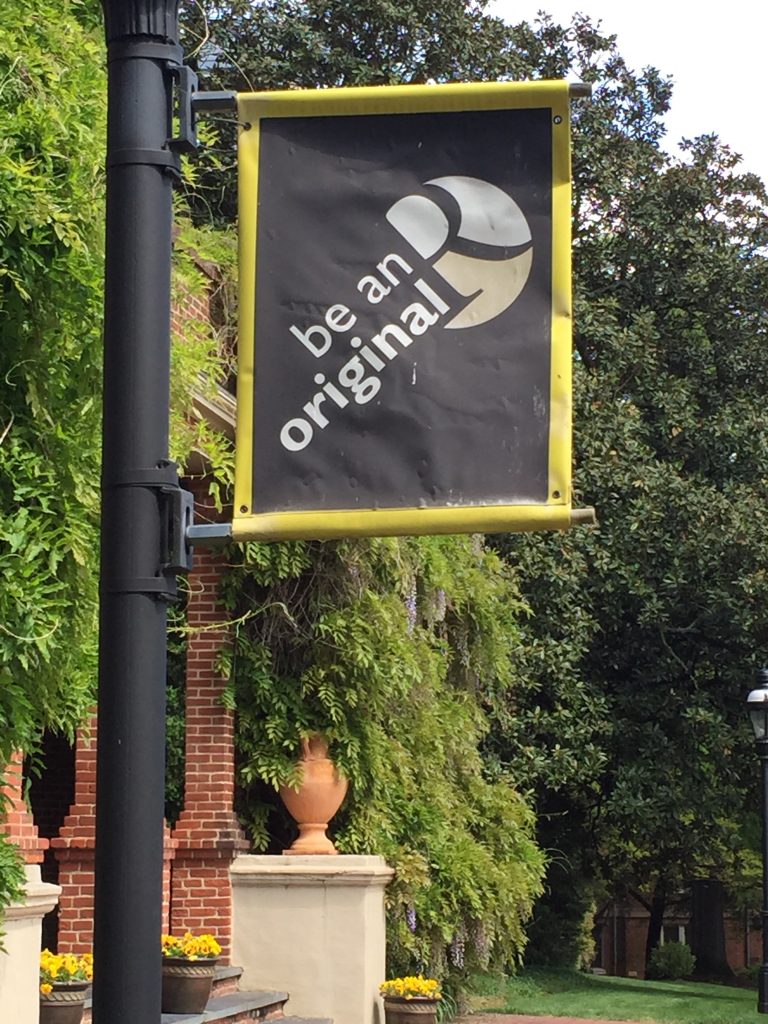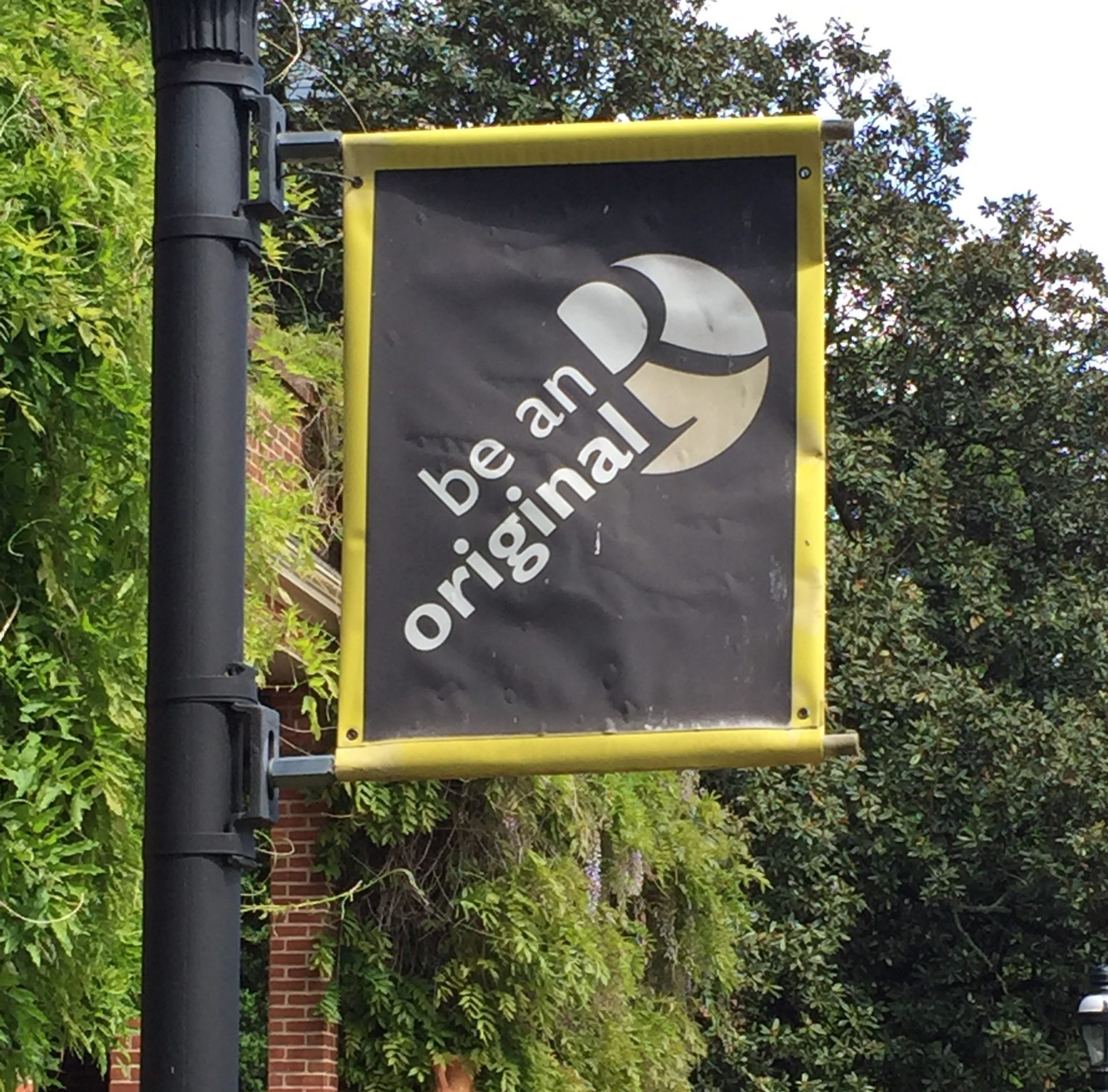
Named #9 of “Top 50 Green Colleges” and receiving many other accolades, Randolph College is situated on a picturesque 100-acre campus in an historic residential area of Lynchburg, Virginia. Students have close access to shopping and entertainment, as well as public transportation, and Washington, D.C. and Virginia Beach are just a short drive away. Founded in 1891 as Randolph-Macon Woman’s College, Randolph became co-ed in 2007 and men currently make up one-third of undergraduates.
Here are a few quick facts about Randolph:
4-year Graduation rate: 52%, 6-year: 56%
Acceptance: 90%
Freshman retention: 71%
Freshmen out of state: 24%
Most popular majors: biology, sport/exercise studies, history, psychology
Student Community Diversity: 16% Black, 6% Latino, 3% International
Housing: Seventy-six percent of Randolph students live in the dorms where the main drawback is that many of the buildings lack air conditioning. Main Hall is known on campus as “The Hilton” due to being the largest dorm and because of its central location on campus. After the first year, housing is selected by a lottery with the college-owned apartments across the street being the most popular option.
Academics: Randolph offers 33 majors and 43 minors and boasts pre-professional programs in engineering, nursing, law, medicine and veterinary studies. The teacher licensure program is enhanced by two graduate degree programs. The two pillars of the general education requirements are core competencies (writing, quantitative reasoning, and language) and ways of knowing (artistic expression, human experience, culture and identity, social and natural science, and physical education). This matrix allows students to explore different areas and take classes in almost every department.
Eighty-six percent of classes enroll fewer than 20 students and there are no TAs so students get to know their professors and vice versa. All students are eligible to apply for the RISE grant, which provides students with funding for research, international travel and other academic pursuits. Students who are interested in participating in original and innovative research will find the opportunity to do so through the Center for Student Research and the Summer Research Program – an intensive 8-week program that gives undergraduates the opportunity to present findings at professional conferences and/or publish in professional journals.
Finals week looks a lot different on Randolph campus – students may pick up their final exam when they are ready and take it in the room they choose. This is possible because of the Randolph Honor Code, which is “the backbone of a tight-knit community that gives our students the respect and dignity they deserve as scholars and human beings.”
Similar colleges to consider: Hendrix, Millsapp, Wells, Eckerd
Social: There is no Greek life on Randolph campus, so the real social scene is inside The Red Brick Wall, with a number of secret societies, clubs and other social organizations. Macon Activities Council hosts comedians, bands and other entertainers, talent shows and outdoor parties to keep the student populace from getting bored. Popular Randolph traditions include the Even/Odd class rivalry, Never Ending Weekend and the Pumpkin Parade, just to name a few.
Randolph Wildcats compete in Division III sports. While there is no football team, their equestrian and women’s teams have been most competitive, along with men’s soccer, basketball, tennis, and track and field.
Financial: Randolph offers need-based aid, as well as non-need based merit aid. They do not offer any athletic scholarships. The average percent of need met is 79%, with 21% being fully met. Although the tuition and fees are $41,750, the average financial aid package is $35,873. 90% of students receive scholarships.


